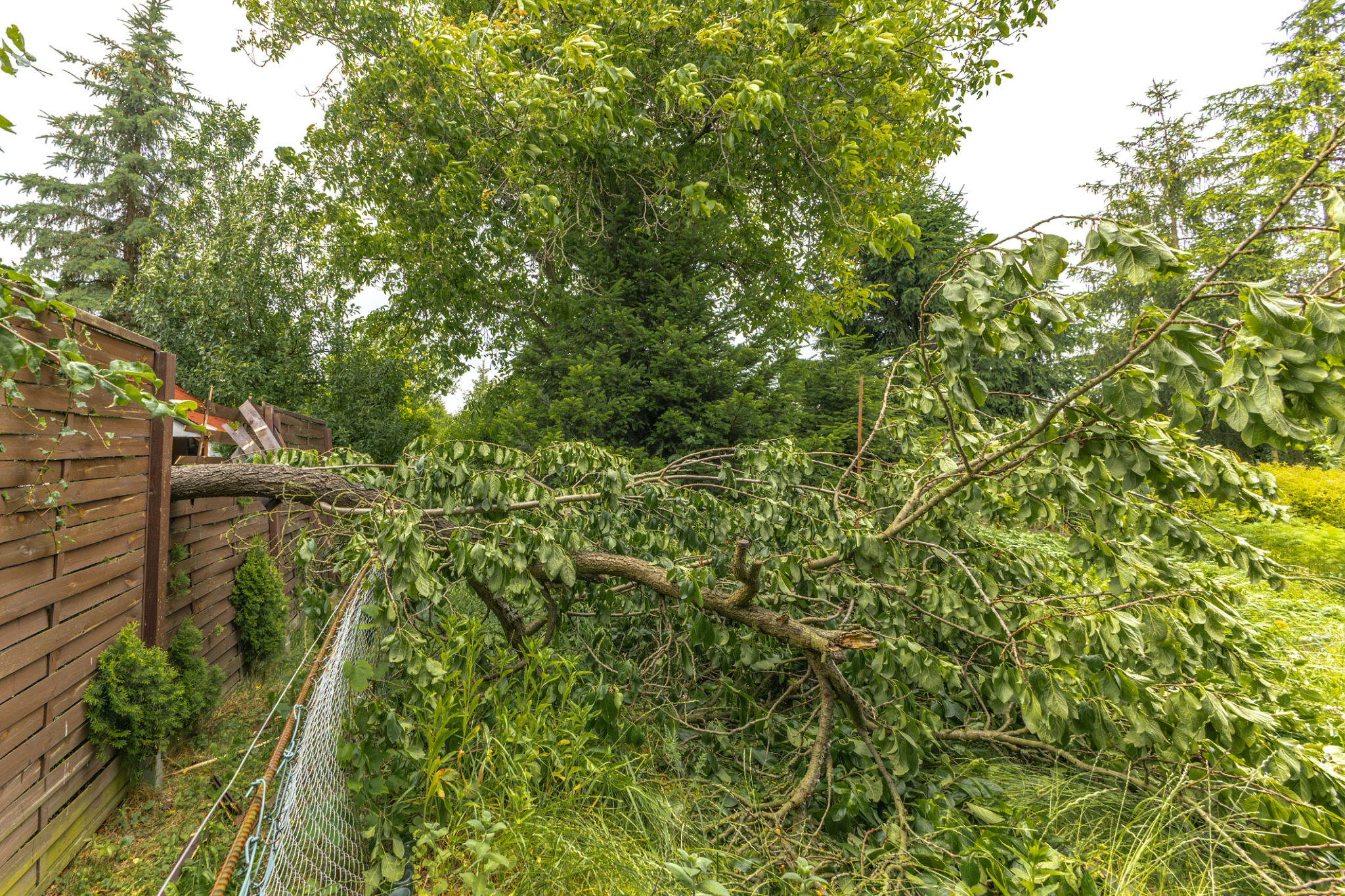How to Prepare Your Fence for Extreme Weather in Clark County
Understanding the Impact of Extreme Weather
Clark County experiences a variety of extreme weather conditions throughout the year, from scorching summer heat to heavy winter rains. These weather extremes can take a toll on your fence, potentially leading to damage that requires costly repairs. Understanding how different weather conditions affect your fence is the first step in preparing it for the challenges ahead.

Heat can cause wooden fences to dry out and warp, while excessive moisture from rain or snow can lead to rot and decay. High winds pose a risk of structural damage, particularly to older or poorly maintained fences. By taking proactive measures, you can safeguard your fence against these elements and extend its lifespan.
Inspect and Repair
Before severe weather hits, conduct a thorough inspection of your fence. Look for signs of wear and tear, such as loose nails, rotting wood, or rusted metal components. It's crucial to address these issues promptly to prevent them from worsening during extreme weather conditions.
Here’s a simple checklist for your inspection:
- Check for loose or missing nails and replace them as needed.
- Examine the fence posts for stability; reinforce any that are wobbly.
- Inspect for signs of rot or decay, particularly at the base of wooden posts.
- Look for rust on metal components and treat it with rust-resistant paint.

Weatherproof Your Fence
Once you've addressed any immediate repair needs, it's time to weatherproof your fence. This process involves applying protective coatings that shield the materials from moisture and UV damage. For wooden fences, a high-quality sealant or stain provides a protective barrier against the elements. Metal fences benefit from a fresh coat of rust-resistant paint.
Keep these tips in mind when weatherproofing:
- Choose a sealant or paint that is specifically designed for outdoor use.
- Apply the product on a dry day to ensure maximum adhesion.
- Follow the manufacturer's instructions for best results.
Trim Vegetation Around the Fence
Overgrown vegetation can exacerbate weather-related damage by trapping moisture and encouraging rot. Trim back any plants, bushes, or trees that are in close proximity to your fence. This not only helps maintain the integrity of the structure but also enhances its appearance.

Additionally, keeping vegetation in check reduces the risk of branches falling and damaging your fence during storms, making it an essential part of your preparation strategy.
Secure and Reinforce
To further protect your fence from extreme weather, consider reinforcing it with additional support. Installing brackets or braces can provide extra stability, particularly if your fence is exposed to high winds. For chain-link fences, tension wire can be added to increase strength.
If you live in an area prone to flooding, elevating the base of your wooden fence with gravel or concrete can help prevent water damage. These reinforcements ensure that your fence remains sturdy and secure, no matter what Mother Nature throws its way.
Regular Maintenance is Key
The best way to prepare your fence for extreme weather is through regular maintenance. Establishing a routine schedule for inspections, repairs, and weatherproofing will keep your fence in top condition year-round. This proactive approach not only protects your investment but also enhances the overall safety and beauty of your property.
With these strategies in place, you can confidently face the challenges of Clark County's diverse climate and ensure that your fence stands strong through any weather event.